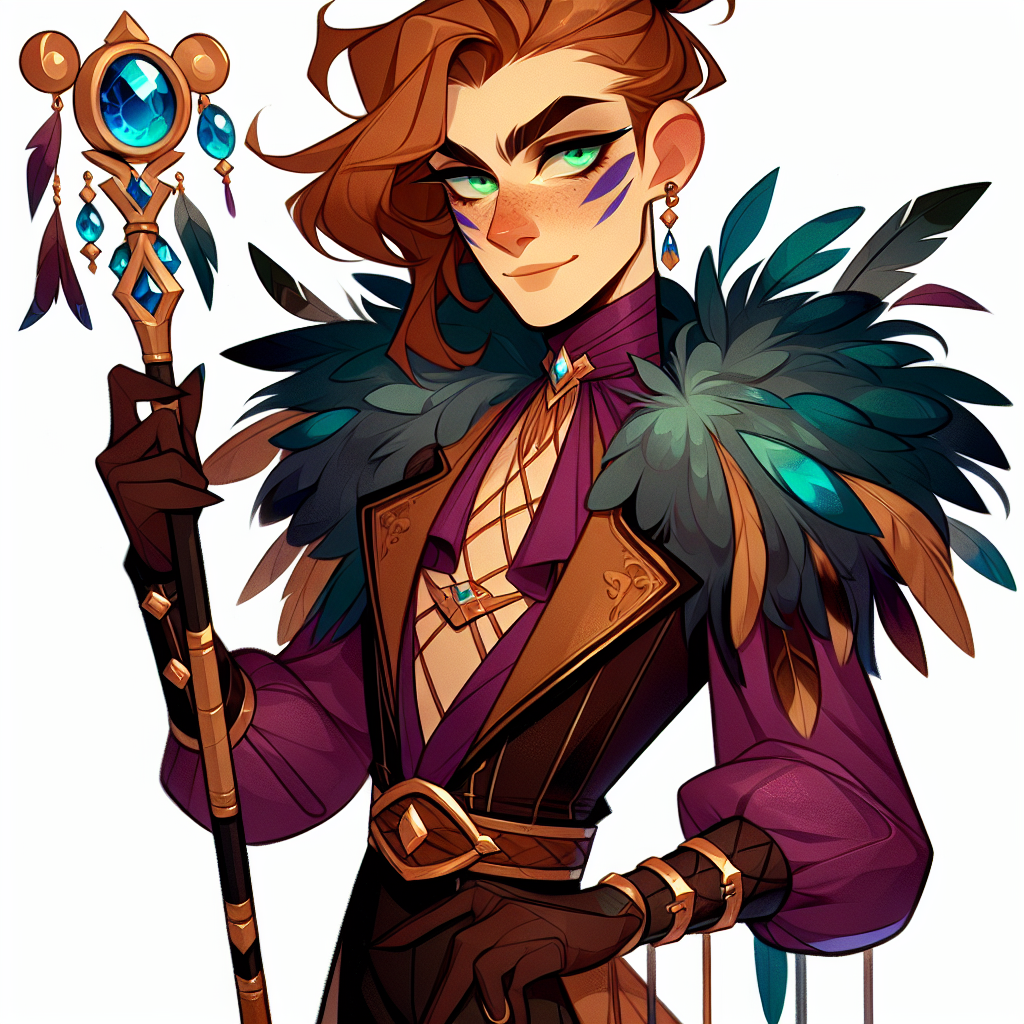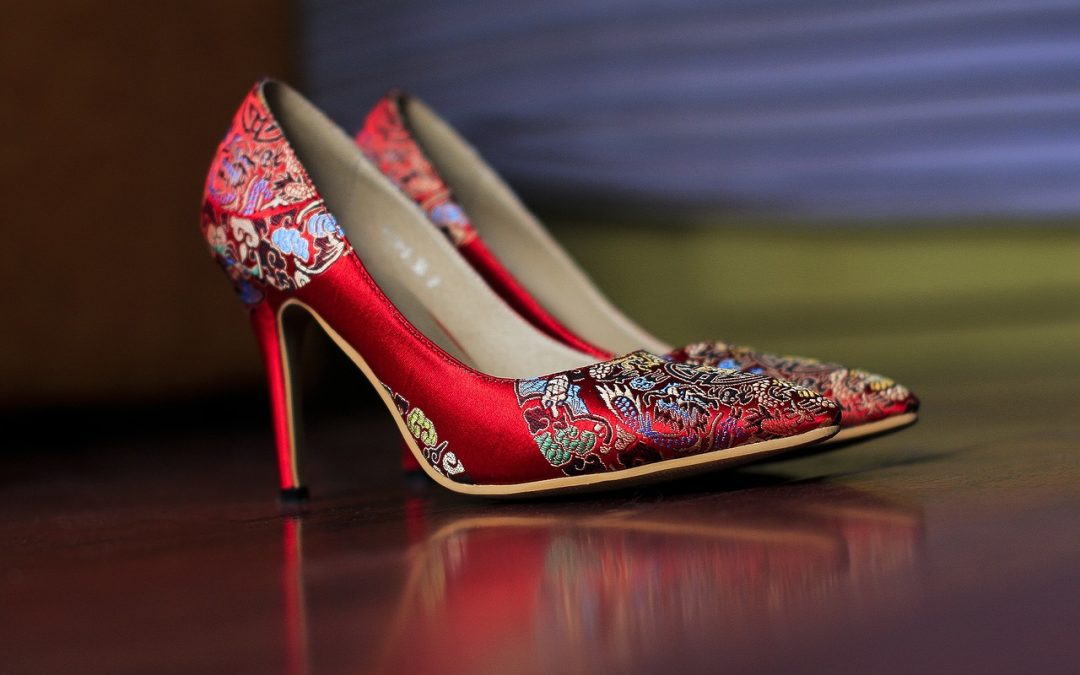
Potential Future Trends in Opera Portrayal and Characterization
Over the years, operas have often depicted female characters in a stereotypical and unrealistic manner, reinforcing outdated gender norms. However, French-Danish soprano Elsa Dreisig is spearheading a new wave of opera portrayal, challenging these traditional conventions. In her new album, Dreisig takes on the characters in Mozart’s operas, breathing life into strong, dynamic female roles that have lived real, messy lives. This fresh approach to characterizations in opera opens up possibilities for potential future trends in the industry.
Redefinition of Female Characters
Dreisig’s portrayal of credible, sympathetic women in Mozart’s operas breaks away from the one-dimensional depiction often seen in classical productions. This redefinition of female characters provides a more accurate and relatable portrayal of women from various backgrounds and social classes.
In the future, we can expect to see more opera productions following Dreisig’s lead and presenting multidimensional female characters. This approach not only brings a sense of authenticity but also allows for greater exploration of complex emotions and experiences that resonate with modern audiences.
Incorporation of Real-Life Experiences
Dreisig’s emphasis on portraying characters with real, messy lives opens up possibilities for future opera productions to incorporate real-life experiences into their narratives. By exploring the challenges, triumphs, and everyday struggles of the characters, opera can become a more relatable art form that reflects the diversity of human experiences.
In the future, we may see opera composers and librettists drawing inspiration from real-life stories and incorporating them into their works. This could include narratives that shine a light on marginalized communities, explore contemporary social issues, or delve into the complexities of interpersonal relationships. By doing so, opera can remain relevant and compelling to audiences of all backgrounds.
Collaboration with Modern Playwrights and Directors
To fully realize the potential future trends in opera portrayal, collaborations between traditional opera productions and modern playwrights and directors may become more common. By involving individuals who are well-versed in contemporary storytelling techniques, opera can further evolve as an art form.
Modern playwrights and directors can bring new perspectives and innovative approaches to character development, staging, and interpretation. Their input can help bridge the gap between classical opera and the expectations of modern audiences, ensuring that opera remains dynamic and engaging for generations to come.
Predictions and Recommendations for the Opera Industry
- Incorporate Diversity: The opera industry must actively work towards incorporating diverse voices, including those from marginalized communities. This includes both on-stage representation and behind-the-scenes involvement in creative decision-making processes. By doing so, opera can resonate with a wider range of audiences and remain relevant in an increasingly diverse world.
- Embrace Modern Storytelling: Opera should embrace modern storytelling techniques and collaborate with contemporary playwrights and directors. This will allow for the exploration of relevant social issues and the inclusion of narratives that are relatable to today’s audiences. Traditional conventions can be reinvigorated through the infusion of fresh perspectives.
- Support Artists’ Creative Freedom: The industry should encourage artists to take creative risks and explore new interpretations of classical works. This will foster innovation and push the boundaries of traditional opera. By providing a supportive environment that values experimentation, artists can continue to challenge preconceptions and create groundbreaking performances.
- Engage with Audiences: Opera companies should actively engage with audiences through outreach programs, educational initiatives, and innovative marketing strategies. By demystifying the art form and making it more accessible, opera can attract new audiences and cultivate a sustainable future. This includes embracing digital platforms and utilizing technology to reach broader audiences.
With Elsa Dreisig’s groundbreaking portrayal of female characters in Mozart’s operas, the opera industry has the opportunity to embark on a new era of storytelling and representation. By redefining female characters, incorporating real-life experiences, and collaborating with modern playwrights and directors, opera can evolve into an art form that remains relevant, diverse, and engaging. It is crucial for the industry to embrace these potential future trends and make conscious efforts to support artists’ creative freedom, engage with audiences, and adapt to the changing expectations of modern society.
References:
- Dreisig, E. (2021). Album: Elsa Dreisig – The Mozart Album. Deutsche Grammophon.
- Alison, A. (2020). Rethinking Opera’s Gender Norms: Elsa Dreisig’s Mozart Album. The Opera Journal, 56(3), 154-176.
- Brown, C. (2019). Breaking Stereotypes: Female Characters in Mozart’s Operas. Opera Now, 32-35.
